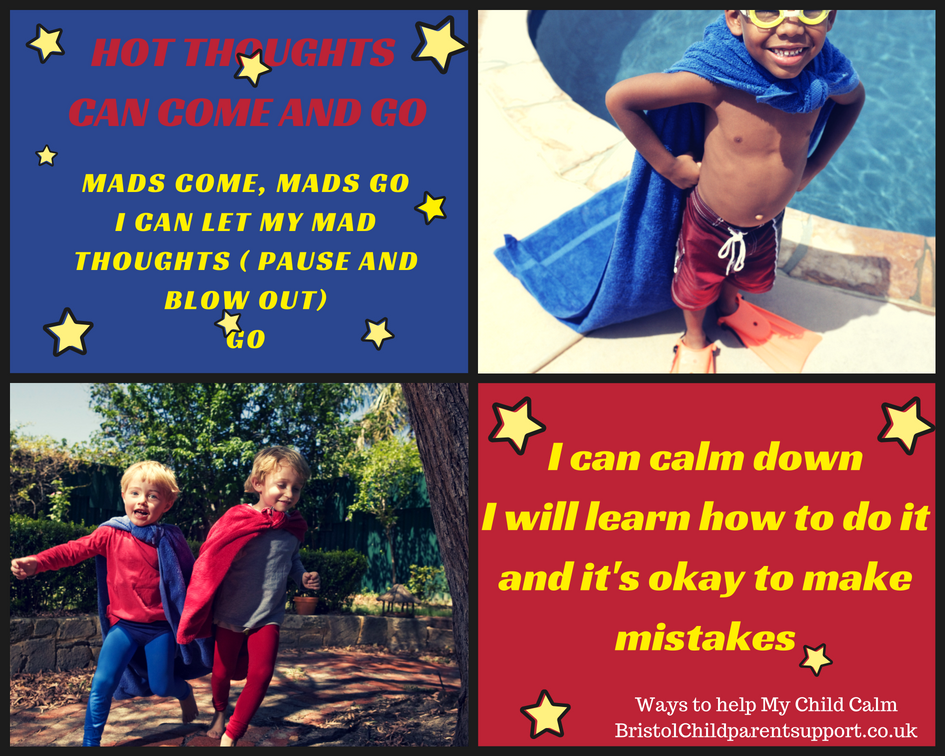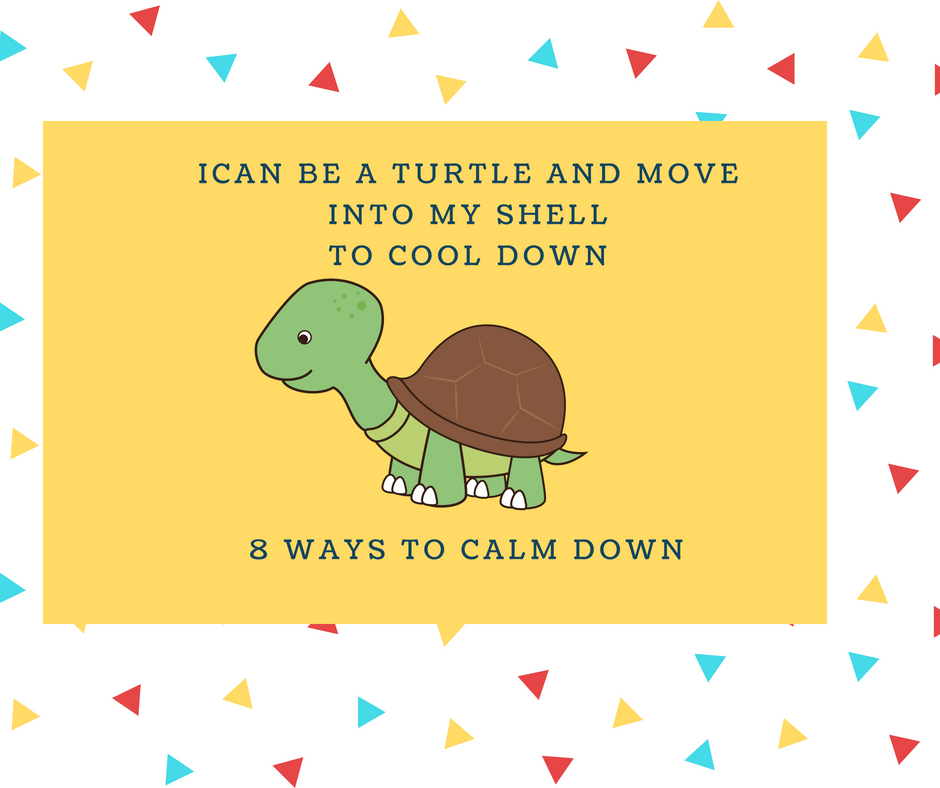It’s the Autumn term, and for children who suffer from anxiety, it may be when you notice some big feelings. They may present as angry or oppositional before starting school. They may have a big outburst at school, upset that a class member has said something misunderstood. If this sounds like your child, you may not realise your child may suffer from social anxiety or another form of stress.
Unrecognised Anxiety and Disruptive Behaviour
Disruptive behaviour may be a sign that your child is anxious. Depending on their age, your child may not even be aware or able to articulate how they feel.
Anxiety the Great Deceiver
Anxiety manifests in surprising ways, because it is based on a physiological response to a threat in the environment. We call this the “Fight” or “Flight” response. So while some children exhibit anxiety by shrinking from situations or objects that trigger fears, some react with an overwhelming need to break out of an uncomfortable situation with either fight or flight. A child’s more commonly recognised anxiety symptoms are trouble sleeping in his room or separating from his parents, avoidance of certain activities, and sensitive temperament. Anyone would recognise those symptoms, but the more oppositional, angry or aggressive ones can be harder to identify.
Problems at school
It’s not uncommon for children with severe undiagnosed anxiety to be disruptive at school, where demands and expectations put pressure on them that they can’t handle. And it can be confusing to teachers and other staff members to “read” that behaviour, which can seem out of nowhere. Children often have many “fallouts” with peers, as they misread situations due to anxiety.
How to identify Anxiety
 It probably occurs more than we think; it’s anxiety that looks disruptive, or anxiety in combination with disruptive behaviours. It’s always good to have a thorough assessment with a professional. Sometimes I use a RACDS questionnaire, which can identify what types of anxiety your child may suffer from. In addition, I’ve written another page discussing different symptoms and classifications; click>> here.
It probably occurs more than we think; it’s anxiety that looks disruptive, or anxiety in combination with disruptive behaviours. It’s always good to have a thorough assessment with a professional. Sometimes I use a RACDS questionnaire, which can identify what types of anxiety your child may suffer from. In addition, I’ve written another page discussing different symptoms and classifications; click>> here.
Tips on what to do if your child is Anxious and Disruptive
Educate
Educate and explain anxiety, teach your child about the fight or flight response and our amygdala, and everyone feels anxious from time to time. This does not need to be all in one go, so chats whilst you are drawing or on car journeys are incredible. I talked about many things during a car journey, and everyone knows there is a beginning and an end. This is a video I did for the Understanding Anxiety blog, and there is a link at the bottom of the post.
Could you help them breathe?
Deep breathing helps the amygdala calm and feel soothed. They can breathe from their ears or belly by placing their hands on each and then living in and out through their nose. Practice this throughout the day, not only when they are anxious. For younger children, show them how to use a teddy or lovey. Some children need to move, so teach them the turtle technique. Please help them calm down in their shell. Remember, if you need to do this many times, this enables connections in their higher brain. Remember, neuronal connections develop from the bottom up.

Please help them make different choices.
They can’t change their behaviour until they have ways to manage it; you can help them make different choices. You may have to give some limits, especially if they hit out. Sit down and work together on a plan if this is how they manage the anxiety. Involving your child will lead to their cooperation. This can take time, as we all get into habits, so take every day at a time.
Praise them
When you see them doing well, praise them and express your belief in them!! Praise needs to be:
- Immediate
- Specific
- Consistent
- Not just words, but pats and smiles too.
- Don’t forget to praise in the presence of others; it makes your child feel great!
Ask the teacher, and liaise with the school.
Develop a consistent home and school plan to manage anxiety and disruption. Schools are often beneficial in these circumstances, and I’ve always found it helpful to work and gain support from them.
Wishing you all a smooth transition into the new Autumn term. If you feel you cannot manage the anxiety, contact me for a consultation or attend my two one-part AnxietyWorkshops starting in September and November. With Love Catherine
Related Posts:
Understanding Anxiety in Children
Create a self-soothe box to Calm down
10 Tips for helping your anxious child at Holiday Club
How to help your anxious child in social situations
Separation Anxiety and Disorder
3 Phrases your child may say if they are anxious




